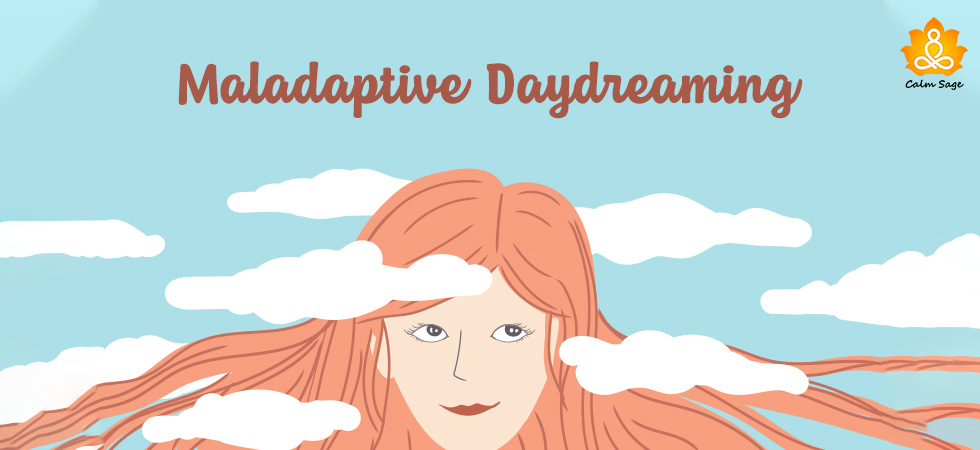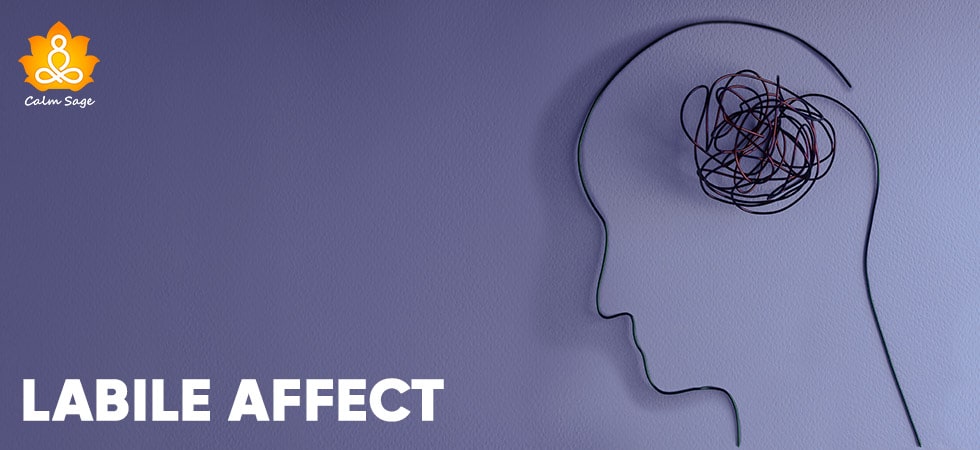Maladaptive Daydreaming: Meaning, Signs, Causes, & Treatment

Sometimes, losing your head in the clouds can be a good distraction and can cure boredom but did you know that excessive daydreaming can cause serious interference in your day-to-day life? This excessive daydreaming can be referred to as ‘Maladaptive Daydreaming.
In this article, we’ll explore what is maladaptive daydreaming, what causes maladaptive daydreaming, signs of maladaptive daydreaming, and how can maladaptive daydreaming be treated.
List of Contents
Let’s start by learning what is maladaptive daydreaming.
Also Read: 5 Ways Your Imagination Can Work Wonders In Your Life
What Is Maladaptive Daydreaming?

While not a disorder in the DSM-5 new edition, Maladaptive daydreaming is a psychiatric condition wherein a person excessively daydreams. The daydreams are intense and can distract a person from their real day-to-day life.
Professor Eli Somer, in 2002, first identified maladaptive daydreaming. According to professor Somer, maladaptive daydreaming could be a symptom of or can be developed due to trauma or abuse. More often than not, it can act as a coping strategy to escape conscious reality.
Also Read: Practice Adaptive Coping Skills and strike Maladaptive Ones Now
Symptoms Of Maladaptive Daydreaming

A maladaptive daydreamer can have one or more of the following symptoms but not necessarily all of these symptoms. Maladaptive daydreaming symptoms can be:
- Extremely vivid daydreams with story-like traits
- Unusually long daydreams triggered by real-life situations
- Inability to complete day to day tasks
- Inability to sleep restfully
- Feeling an overwhelming desire to continue daydream
- Experiencing repetitive movements or expressions while daydreaming
- Having short attention spans
People who experience maladaptive daydreaming symptoms can also experience symptoms of the following disorders:
-
- Depression
If you or your loved one shows these signs of maladaptive daydreaming, it is recommended you contact your doctor/psychiatrist for treatment.
What Causes Maladaptive Daydreaming?

Doctors and psychiatrists are not sure what causes maladaptive daydreaming but some experts believe that traumatic experiences or abuse can be a major cause of why people excessively daydream.
Maladaptive daydreaming is usually a coping mechanism to a traumatic or abusive situation or event. These situations can cause a person to conjure up an imaginary world where they can escape their reality in times of distress. It can be a method for people to avoid real-life interactions with their family, friends, peers, or colleagues.
Also Read: Effective Coping Strategies for PTSD (Post-Traumatic Stress Disorder)
Prof. Somer believes that while daydreaming can make people feel good temporarily, it can soon turn addictive until it becomes interfering with their real day-to-day routine.
Maladaptive daydreaming can be often misdiagnosed as a type of Schizophrenia, another psychiatric condition that causes people to have difficulty differentiating between reality and fantasy. However, people with maladaptive daydreaming do not have difficulty differentiating their reality from their daydreams.
Treatment For Maladaptive Daydreaming

With the help of medications used to treat obsessive-compulsive disorder (OCD), maladaptive daydreaming can be treated as well.
Some other techniques to help treat maladaptive daydreaming can be;
- Getting proper rest: When a person is too fatigued and tired, it can interfere with their quality of sleep that can contribute to daydreaming. Getting enough sleep (at least 6-8 hours each night) and avoiding caffeine can help.
- Identifying the triggers: Keeping a track of the triggers of your maladaptive daydreaming can help you manage them and control your actions.
- Keep yourself busy: Keeping your mind engaged in activities that encourage mental focus can help you control your excessive daydreaming.
- Join a support group: Talking with others about your condition can help you understand your maladaptive daydreaming symptoms better and learn how to control them.
Also Read: Self Awareness: Meaning, Types, Traits, Activities For Adults
Keep In Mind:
- Alcohol or drugs are not going to help you instead they can trigger or worsen your maladaptive daydreaming.
- Maladaptive daydreaming can be misdiagnosed as ADHD or other personality disorders, hence it is recommended you talk to a psychiatrist before committing to a treatment.
In Conclusion
While it can be difficult to diagnose maladaptive daydreaming without formal diagnosis criteria, it is not to say that this condition is not a real and serious psychiatric condition. Maladaptive daydreaming can cause a person to experience intense and vivid daydreams that can interfere with their real life.
If you or someone you know is experiencing maladaptive daydreaming symptoms and signs, it is recommended you immediately seek professional help. Identifying the triggers and understanding how to manage them can help.
Related: The Importance Of Therapy In Your Life
Maladaptive daydreaming isn’t necessarily a bad thing but it can cause interference in one’s real life.
I hope this article helped you understand what is maladaptive daydreaming, what causes excessive daydreaming, symptoms, and signs of maladaptive daydreaming.
For more information, you can always write to us at info@calmsage.com or connect with us on our social media pages.
Take care and stay safe!





















After reading it, I cried , I don't know how to tell it to my family, but I think it's a start for me to be educated about maladaptive day dreaming, Thank you for this information,